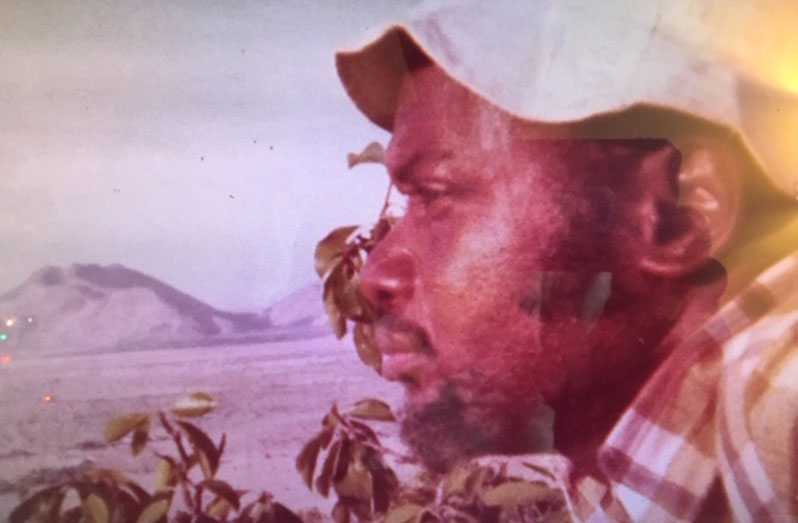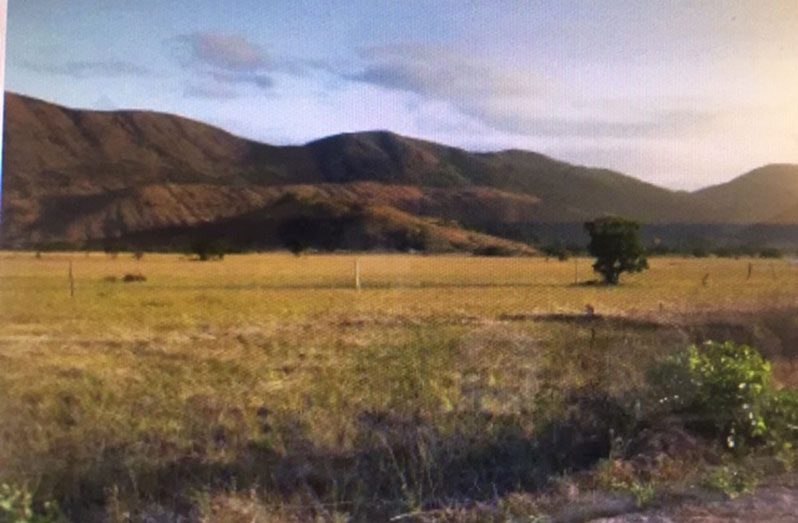By Francis Quamina Farrier
THERE is still quite a number of Guyanese who glibly say, “Guyana is below sea level” and they are so wrong, since that is just one-third of a three-part statement of fact. The correct and full statement to be made is; “The coastland of Guyana is below sea level, at high tide.” And one has to wonder why just one-third of that statement is so often said by so many Guyanese, and even by some who are well educated and even hold positions of influence and authority.
It is good for Guyanese to discuss issues such as the topography of our beautiful country. For the many Guyanese who are domiciled on the coastland and who have not had the opportunity so far to travel inland, they are at a great disadvantage. Our fellow Guyanese who have never seen a hill or mountain in Guyana usually tend to feel and make statements about a low-lying Guyana, even a Guyana which, according to them, is below sea level. Many would have gone to the Cheddi Jagan International Airport, Timehri and yet do not realise that they had gone to an area in the country which is well above sea level.
Back in the colonial era, the Americans chose that area of British Guiana, officially known as Hyde Park, to construct “Atkinson Field,” which was an airfield that accommodated their warplanes. Those aircraft flew from British Guiana in South America, east across the Atlantic ocean, to destinations in North Africa during the Second World War. (1939 – 1945). Located as it is on the northern shoulder of South America, British Guiana (Guyana) played a vital role in the war effort for the Allied Forces which brought them victory over the German forces.

Listening to those Guyanese who have travelled to many areas of the country, you hear more accurate statements about the country’s topography. In discussions about that aspect of Guyana, one should not generally expect to receive enlightened information about factual geographical details, from those who have never had hands-on information about the highlands of Guyana.
A few years ago, there was a “Visit Guyana Year” which was organised by the Ministry of Tourism and Industry. It was promoted to attract foreigners and Guyanese in the diaspora to visit Guyana. This article will not attempt to say whether that project was a success or not, but rather to recommend a different approach to a “Visit Guyana Year” in the future. Recommend is a “Visit Guyana Year” in which Guyanese, both at home and in the diaspora, are encouraged to make special efforts to visit areas of the country where they have never gone to before. For example, people from the Essequibo Coast can be encouraged to go on a tour to the Corentyne Coast. Folk from Linden can tour to Lethem, and so on.
Let me interject with my own fortune in touring to well over 80 percent of our “Beautiful Guyana” about which Hilton Hemerding sings in such a patriotic way. My tours around Guyana began when I was just three years of age. During school holidays, my mother sent my two brothers and I to visit the hinterland areas where her husband, our father worked. Of course, we were well briefed by my father when he was at home in Georgetown. He debunked all the tales we were told about tigers and snakes and “Bush Dai-Dai”, by those who had never even been to the hinterland. Memories of my boyhood visits to the forested areas of the country supplied me with the experiences for two of my plays, MANAKA and TIMBERLINE; the latter won first prize at the Guyana Independence Playwriting Competition in 1966.
From time to time, there is flooding in the Rupununi savannahs, and some people wonder how it is that such occurs in that highland area of the country. This is somewhat confusing for coastlanders who feel that there should be no flooding since the Rupununi area is well above sea level. The reason is simple to fathom. Consider spilling your coffee on the table while having breakfast and juxtapose it with floods in the highlands of Guyana. The spilt coffee, while high on top of the table, will take some time to drain off if it isn’t whipped away as soon as possible. Yes. Highlands can and do experience flooding. When the heavy rainfalls come, the Essequibo, Rupununi and Takutu Rivers in Region Nine are incapable of draining off the water in a timely way, and so, there is flooding in those highland areas of the country. It is necessary to mention that during the dry season, lenghty portions of the Takutu River which is part of the Guyana/Brazil border, are totally empty, so much so that some folk even have picnics on the dry, sandy river bed.




.png)









